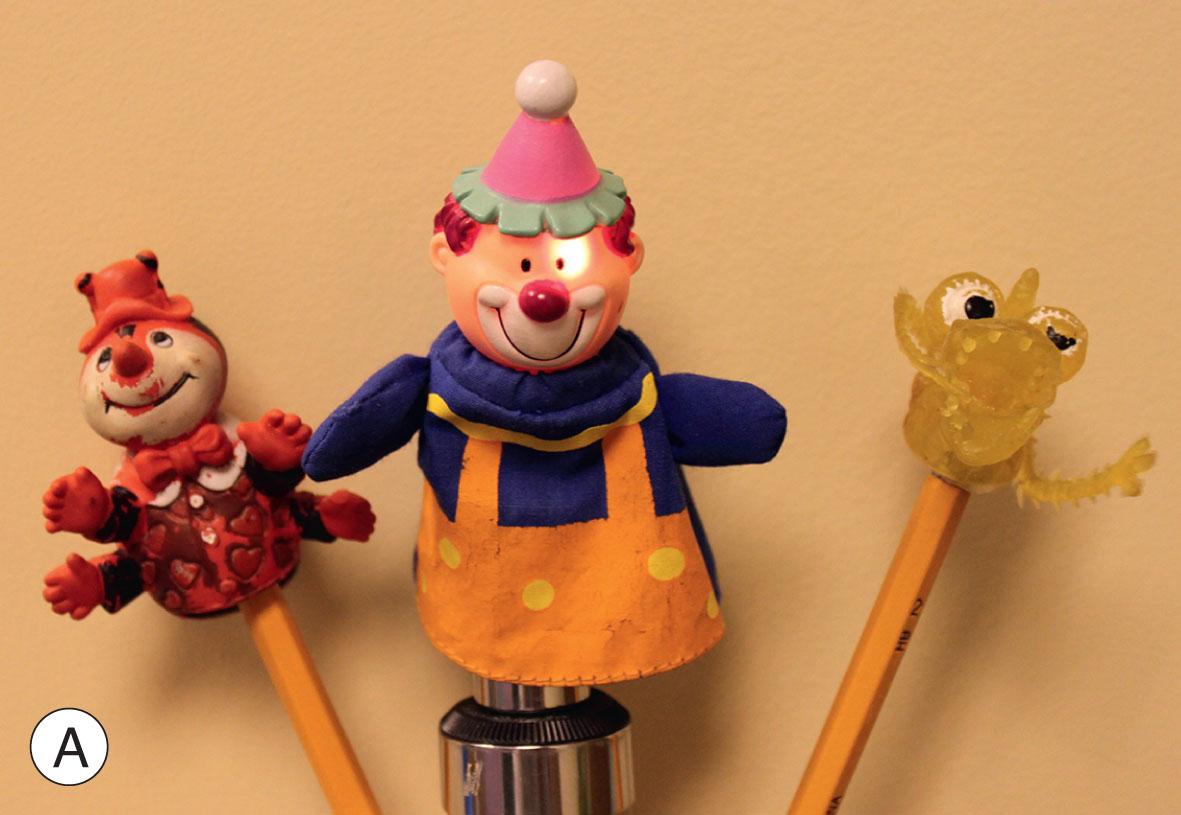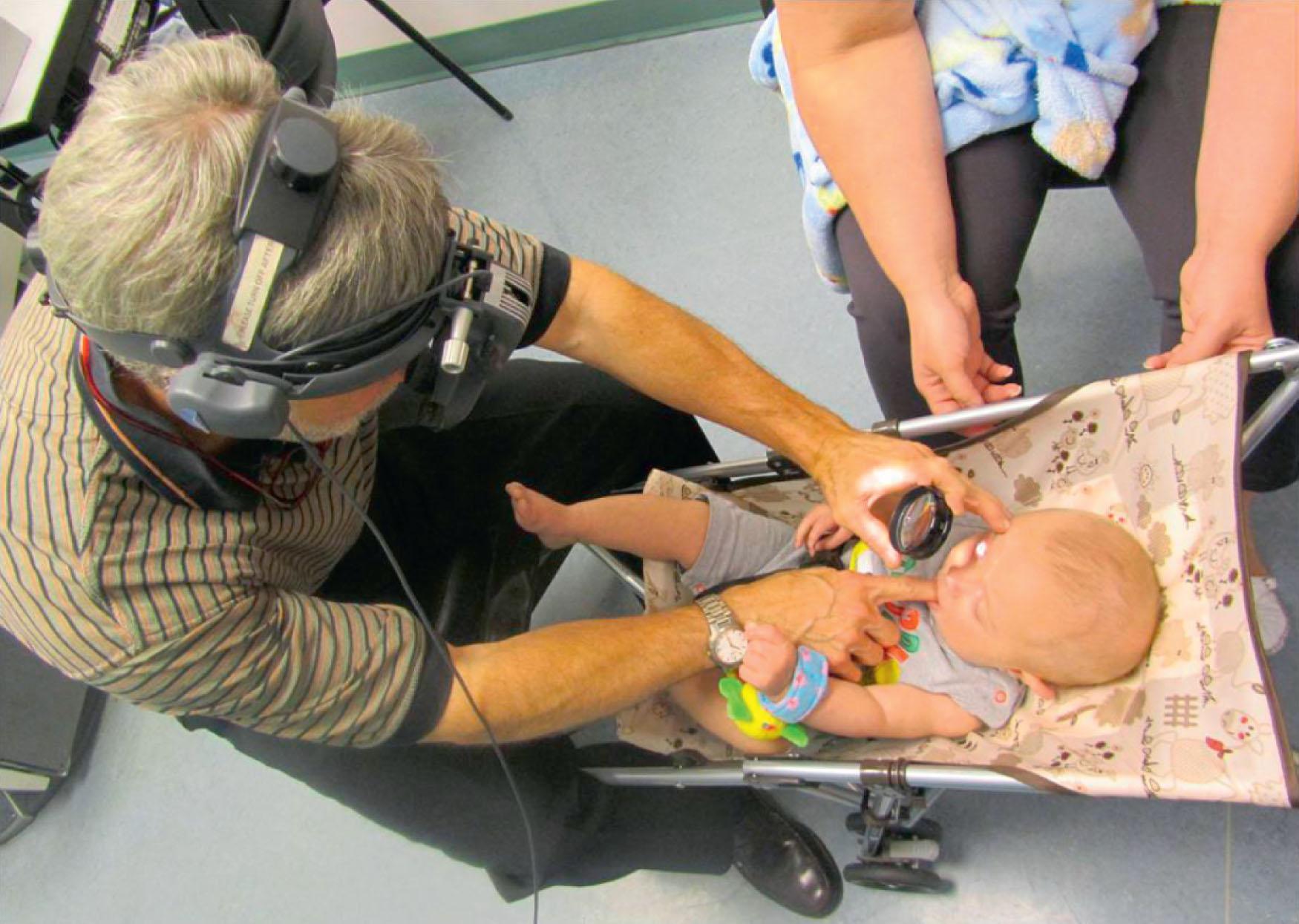Physical Address
304 North Cardinal St.
Dorchester Center, MA 02124
A child’s problem will likely be succesfully assessed with a little play, a few key tricks, and, mostly, a reasonable dose of spontaneity and patience. Cookie-cutter or hurried visit plans will rarely yield thorough assessments.
Bonhoeffer said, “The test of the morality of a society is what it does for its children.” As caregivers to children and their families, we have important ethical responsibilities. Whereas in the past, the “omniscient doctor” made all the decisions, we live in a time of patient advocacy and participatory decisions, some of which are unique to children. Our responsibility is to act for the good of our young patients and their families. This entrustment of care is a form of guardianship, but these same children are nevertheless full persons with a right to the truth. In the process of consent, the limits of our patients’ autonomy need to be defined: what decisions can a child make on the information we provide? When does that child have the capacity to properly evaluate risks, consequences, and benefits? When do we need a child’s assent before proceeding with an unpleasant examination or treatment, even when we have unequivocal parental consent?
Personality, timing, and the examination itself will all influence the patient’s cooperation. For example, a crying infant will not reveal his visual potential, but just a few minutes of calming breastfeeding can settle the child enough to allow the observation of a visual response to a face. A worried 3-year-old with uveitis might not volunteer for a slit-lamp examination, but given the chance to first talk about a cherished new pair of sneakers, she will then eagerly hold the “handle bars,” allowing a good view of anterior chamber cells. In fact, for the most part, it’s all in the act. A teacher of mine once said, “With kids, you have to be ready to put on your monkey suit, and stand on your head.”
A successful examination room needs a few extra toys to interest the child: small near fixation targets, silent for the most part (so as to test vision and not hearing), and brightly lit; an attractive, audible distant fixation target; and, finally, rewards to cap it all. How many visual targets? To paraphrase a colleague (Chris Lyons, personal communication, 2011), “One toy, one look” ( Fig. 5.1 ). In addition to the usual ophthalmic equipment, a portable slit-lamp and tonometer, as well as appropriate vision charts, will complete the full set for a thorough examination of most children. Additional equipment may be necessary in special circumstances: testing infant vision, examining premature infants, a full orthoptic assessment, electrodiagnostic or imaging investigations. Full discussion on these will be found in other chapters. The recent viral pandemic has forced us to modify our examination techniques for online visits; this will be discussed later in the chapter.

To ensure a meaningful history, time and opportunism are crucial. While it is tempting to get most of the history from the parents early in the visit, one should never forget the young patient’s perspective. The interviewer may need to stray away from the visit plan. For example, when describing a child whose compliance with patching has been poor, a well-intentioned parent’s account would be very different to that of the child who, in turn, describes a great summer at the grandparents’ cottage without having to wear “that darn patch,” or getting the dreaded morning drop. Important details will be revealed only after we gain the child’s confidence. Examples of this include the bullied child who will avoid wearing the prescribed spectacles at school or the description of an eye injury that drastically changes when the parents are not present. In other circumstances, disagreements between guardians can suggest poor family dynamics; blame games, avoidance, and miscommunications can all be barriers to our best management efforts. But it is also important to be aware of the socioeconomic and cultural environment of the families: repeated missed appointments, spectacles that are always “left at home,” numerous children in tow at appointments, inability to repeat the instructions given, or evidence of poor hygiene are indicators of barriers to overcome. It has been long recognized in the pediatric literature that education of the mother is key to a successful outcome. This also applies to amblyopia, glaucoma, uveitis or blepharitis care among others, where understanding, cooperation, and engagement of the family are essential. Finally, pictures can play a big part of the historical record. For example, a few good photographs taken at home can easily give enough clues to target an otherwise difficult examination for a diagnosis of Duane retraction or Brown syndromes. Likewise, retinoblastoma is often detected from family photographs. The high quality of current smartphone cameras has empowered parents to provide us with extremely useful images, allowing distance/virtual interactions with caregivers and allowing us to provide care in potentially critical circumstances.
Ophthalmology is known for its sophisticated and high-tech visuals. But with children, simple observation should be the first priority, with many clues helping to clarify or support clinical findings that can be difficult to obtain otherwise. Time spent watching, while maintaining a “hands off” approach, before intervening is key. The following pages describe the chronological components of the examination for a child presenting to a pediatric ophthalmology practice, starting with the least intrusive ones. Specialized ancillary tests are mostly done after the initial clinical assessment and based on specific diagnostic requirements; the reader is referred to the relevant chapters for these.
Break the ice, address the child, be friendly, get down to eye level, and avoid white coats. At the first visit, the ophthalmologist is a stranger and, except for infants, most children are reluctant to initially open up to strangers. Comment on the child’s outfit, their shoes, toys, or ask their stuffed animals’ names – these are all good topics of conversation that will help start a warm exchange and create the welcoming atmosphere so important to the rest of the encounter. Remember that children love to play – the examination should therefore remain a game.
While greeting the child and family, remember to observe: the head position (a cranial nerve dysfunction or nystagmus), photophobia (corneal disease, retinal dystrophies, glaucoma), body language (evidence of a visual handicap) or unusual behavior (extreme hyperactivity or attention deficit, withdrawal in cases of abuse), and the possible clues suggesting developmental delay, especially associated with abnormal visual functions ( Table 5.1 ).
| Age group | Fine motor-adaptive | Personal/social | Language (receptive and expressive) |
|---|---|---|---|
| 0–4 weeks | Visual following from side to midline (90° arc) | Regards human faces with interest | |
| 2 months | Smiles responsively | ||
| 3 months |
|
||
| 4 months |
|
Excited when toys presented | |
| 5 months | Distinguishes strangers from family | ||
| 6 months | Pushes adult hand away to reject | ||
| 8 months | Finger feeds | Responds to name when called (turns) | |
| 9 months | Explores pellet with index finger | ||
| 10 months |
|
||
| 12 months | Hands over toy on request with accompanying hand-out gesture | ||
| 24 months | Threads shoelace through hole | ||
| 48 months | Picks longer of two lines | Buttons up | Points to colors on request (red/blue, yellow/green) |
A visually impaired child will often hold their head down, even in dimmer lighting. On the other hand, the prostration of a photophobic child in regular daylight is an alarming clinical presentation. Head thrusts or nodding can be of diagnostic help with abnormal eye movements in ocular motor apraxia and spasmus nutans. An abnormal head posture that increases with visual efforts is typical of the null position of a nystagmus.
A classic scenario is that of the allegedly blind infant who brightens up, follows, and fixes objects only when the lights are turned down – a scenario seen in achromatopsia. Sometimes, other clues can be useful: the excessively close focusing of a very high myope or the preferential visual attention toward objects of the autistic child who avoids eye contact.
Many young children will be more comfortable, quieter, and more cooperative on their parent’s lap; other will do surprisingly better on their own on the big exam chair! A few will prefer to start the visit in their parent’s arms, away from all the strange machines and equipment ( Fig. 5.2 ).

Become a Clinical Tree membership for Full access and enjoy Unlimited articles
If you are a member. Log in here